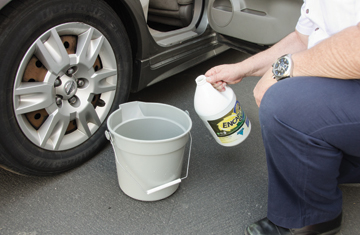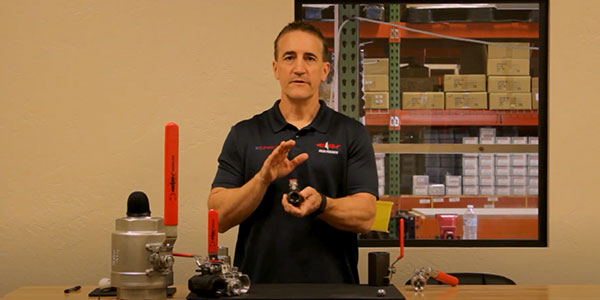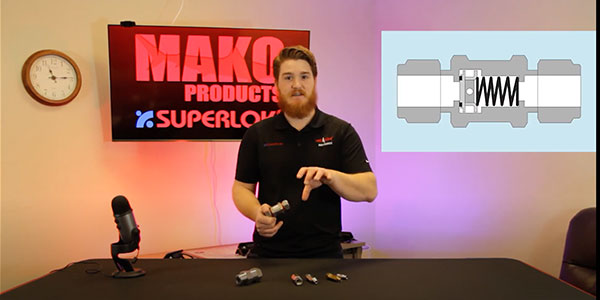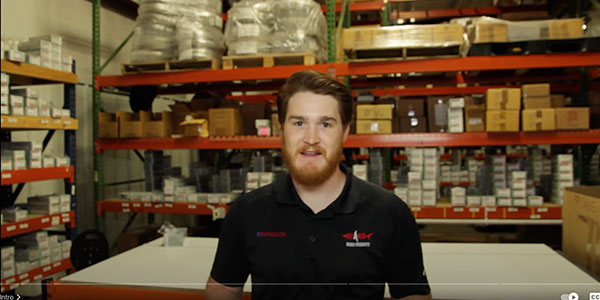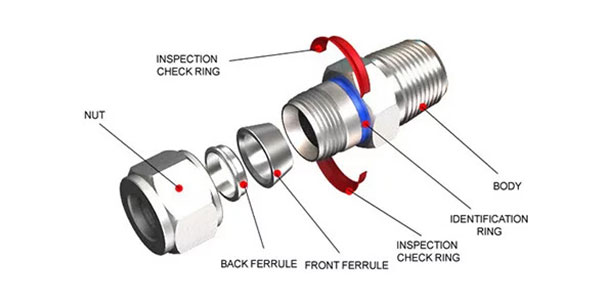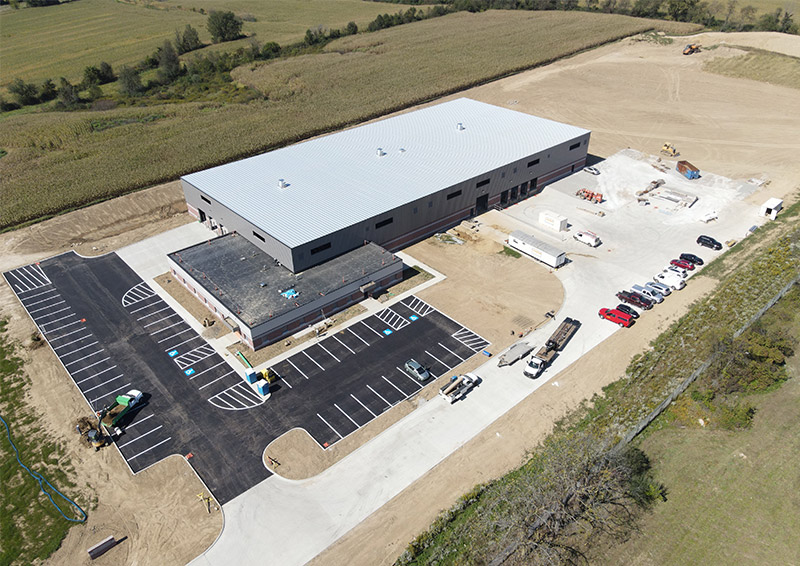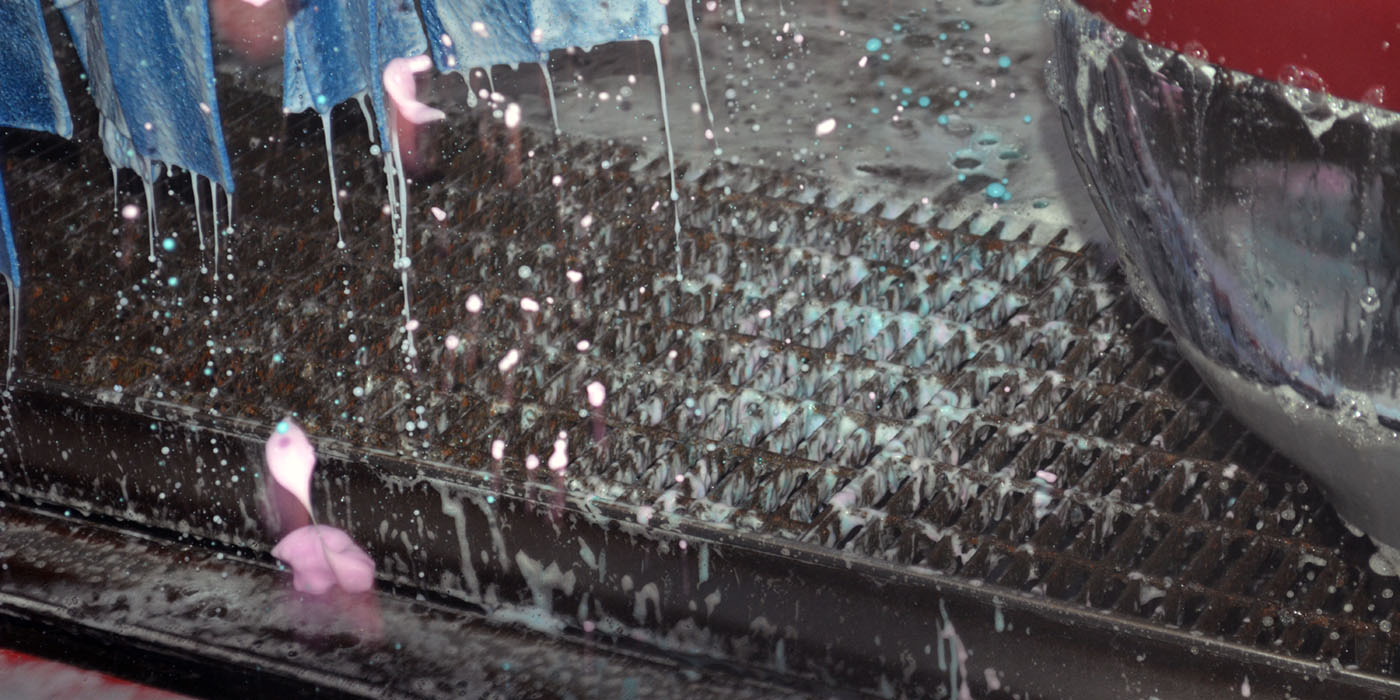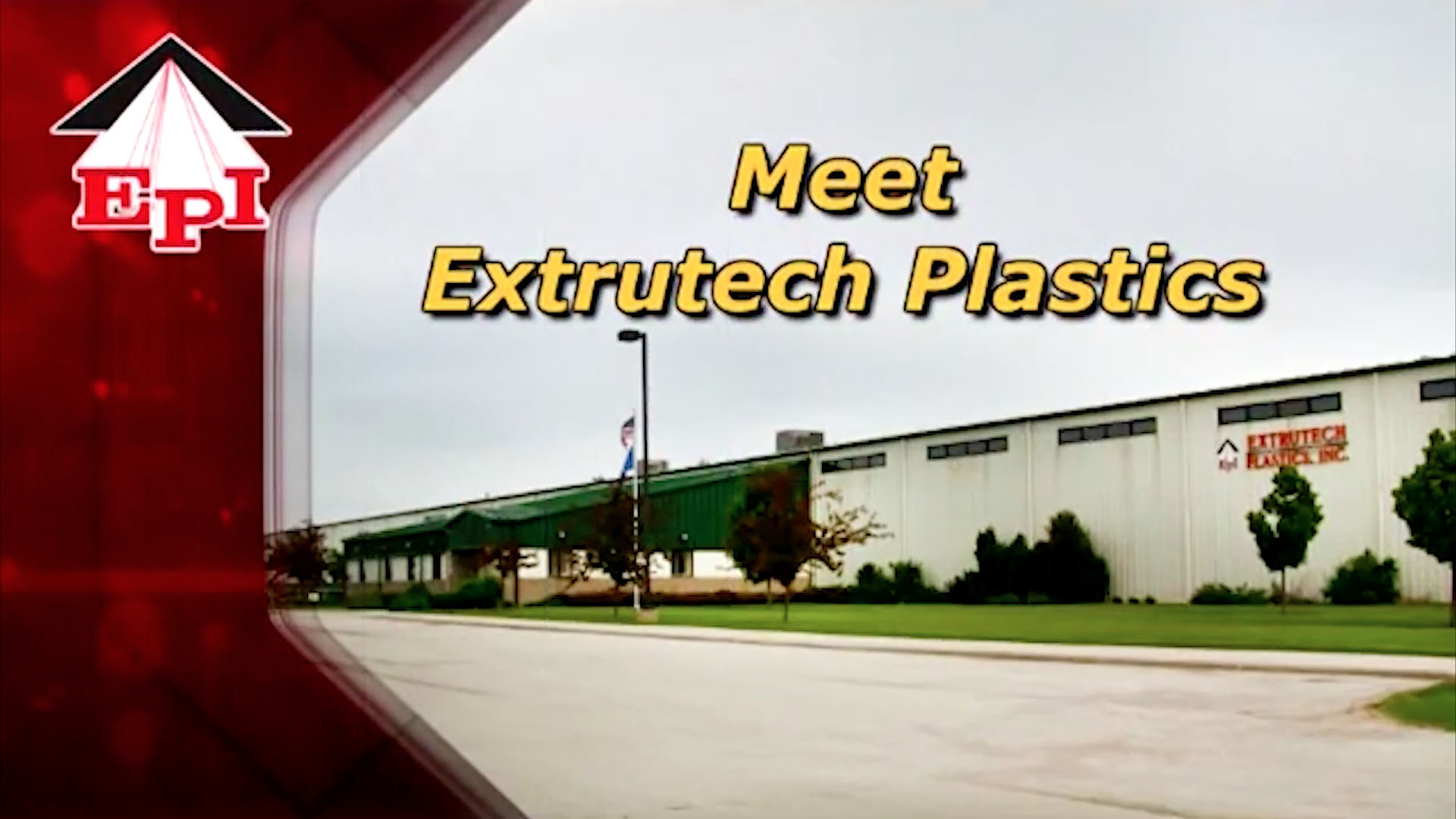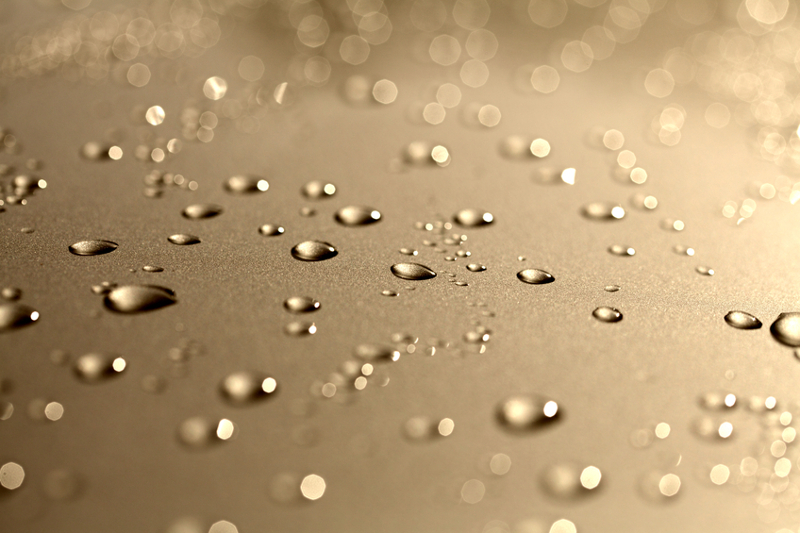Encapsulation cleaning for carpet and upholstery is the combination of an older process with new chemistry. The process may look like shampoo cleaning but the results offer many advantages.
What is encapsulation cleaning?
Encapsulation is a low moisture cleaning method for carpet and fabric upholstery. It has been widely accepted for commercial carpet cleaning and is beginning to see more use in upholstery cleaning and auto detailing.
A detergent solution emulsifies, dissolves and suspends the various types of soil. Gentle agitation using a brush, sponge or bonnet dislodges soil from the fabric or carpet pile. As the cleaning solution is drying, a polymer encapsulates or surrounds both the soil and the fibers being cleaned. This polymer coating is smooth. When both the dirt and the individual fibers have this smooth coating, soil does not stick but easily releases from the fiber to be vacuumed away.
The polymer that is left behind on the fibers reduces or eliminates stains wicking back to the surface. Future soils releases from the fabric easier thereby slowing resoiling.
In addition to staying cleaner longer , encapsulation Cleaning offers the advantage of quick drying, normally under one hour and often as quickly as 15 minutes. The equipment and tools required are minimal, items that already in most detailer’s arsenal.
The process
As with any proper cleaning of fabric or carpet, the first step is thorough dry vacuuming. This is particularly important with encapsulation cleaning as any soil not removed by vacuuming must be encapsulated. More soil means more cleaning agent, more moisture and more time to get the desired results.
The large majority of fabrics you encounter will be synthetics. The cleaning solution can be sprayed on and worked into the fibers with a brush or towel. When less moisture is desired, such as cleaning natural fabrics, the cleaning solution can be whipped into foam rather than being applied as a liquid. For the photos that accompany this article, I mixed the concentrated encapsulation cleaner in a bucket with warm water and whipped it into a light foam. For more foam or thicker foam, you can mix the product somewhat stronger than called for by the label directions.
Apply to a small area at a time. Apply enough to dampen the fabric but not get it wet. This is key to getting the fabric clean without wetting through to all the soil hiding below the surface of the fabric.
Agitation can be provided by clean cotton or microfiber towels or a soft brush. I used a natural sponge. Brushes or cloth pads can be mounted on a heavy duty variable speed drill to mechanize the process. That would have saved time and a sore right shoulder. Agitation does not need to be aggressive. Just make sure the encapsulation product reaches all areas being cleaned.
Excess foam and soil can be wiped away with clean towels. This step is optional. Carpet and floor mats can be heavily impacted with soil. Thoroughness with vacuuming prior to this step will save a lot of time here. Otherwise, have plenty of cotton towels handy.
Spots, stains and soil will begin to fade as the cleaning solution dries and the encapsulation polymer begins to form.
When the upholstery or carpet is dry, just dry vacuum to remove the dirt that has been loosened and encapsulated.
The process is actually pretty fast. A few cleaners who have been using this method for a while state that it takes them under 20 minutes to clean upholstery in medium sedan.
Encapsulation in Practice
The car being cleaned is a 2005 Nissan Altima. Stains on the seat included soft drinks, iced tea and coffee Photo # 5325). The most obnoxious stain was on the right front floor. A pan of shrimp etouffee spilled. A previous extraction cleaning attempt had been only partially successful. (Photo # 5321)
A measured amount of Bridgepoint’s Encapuclean O2 is mixed with warm water (see photo 5334). A natural sponge is used to stir the solution into a light foam (see photos # 5347 & 5474). The foam is then worked into the carpet or fabric using a sponge (see photo 5403). After allowing time for the upholstery and carpet to dry, a final dry vacuum pass is made (see photos 5510 and 5531). The last photo shows the final result — no more coffee on the seat and the stubborn ettouffee is gone (see photo 5567).
Scott Warrington is the Director of Technical Support at Interlink Supply/Bridgepoint Systems in Salt Lake City, UT.

